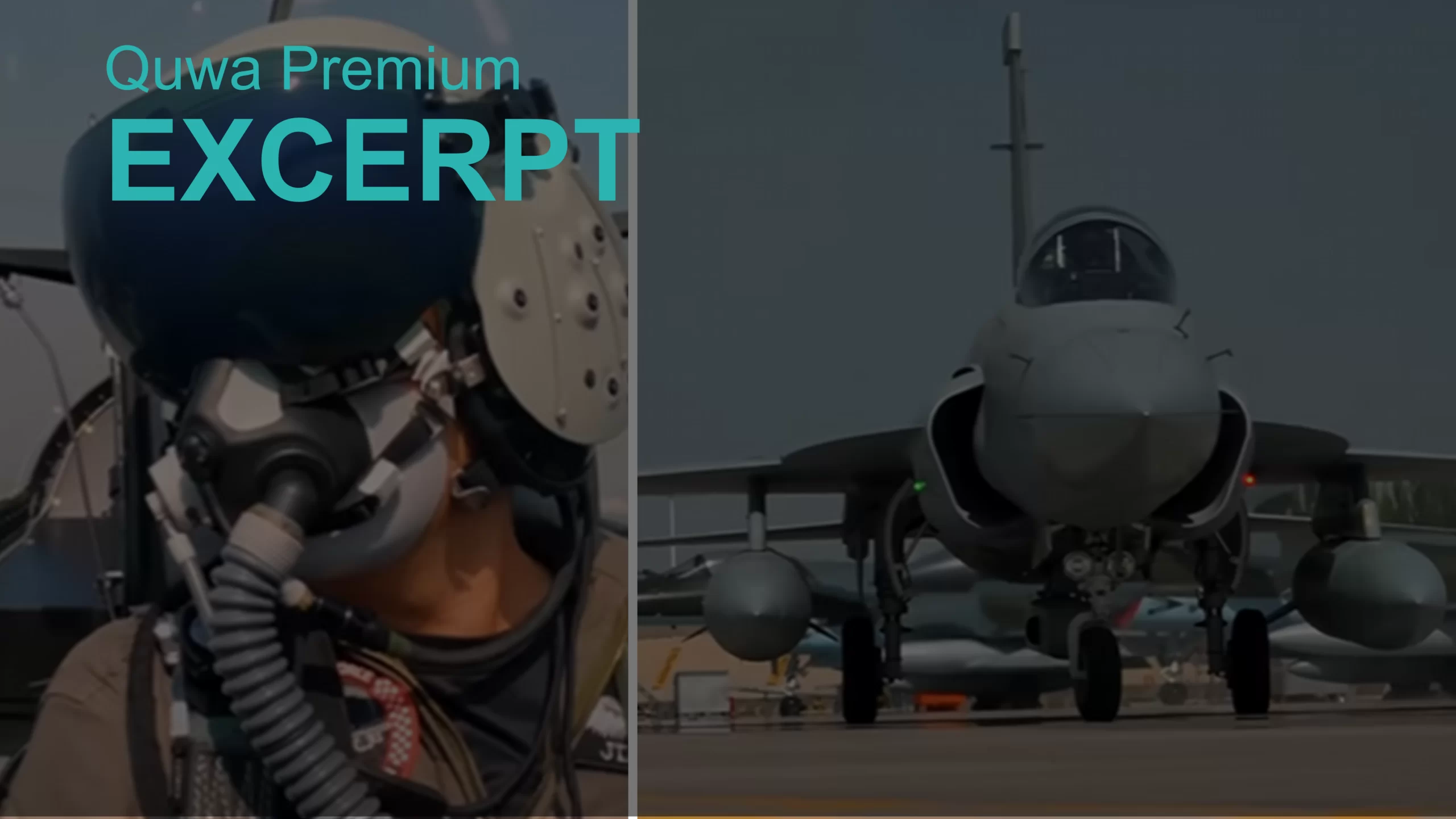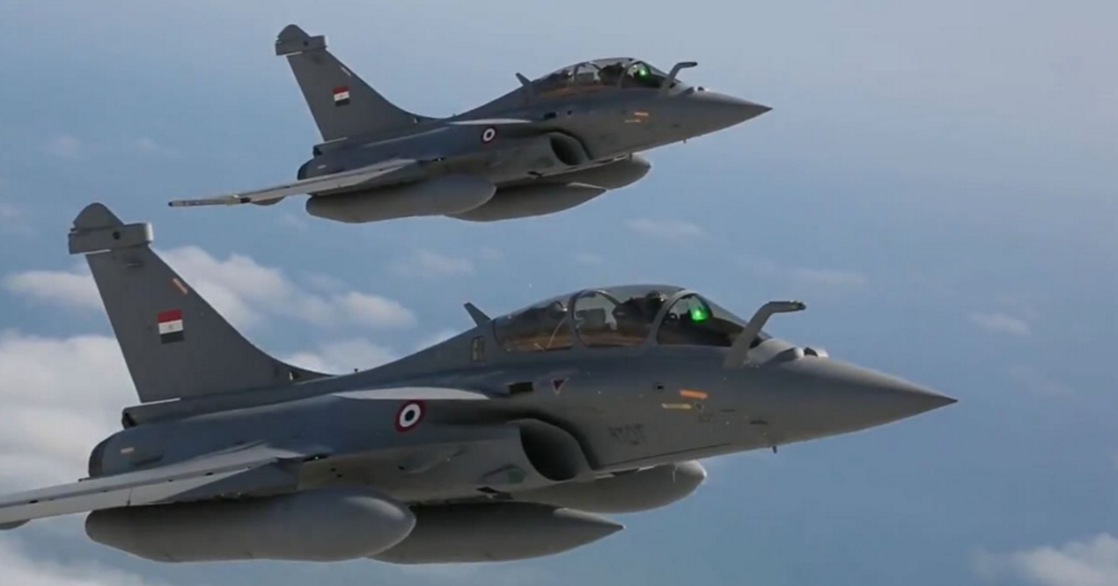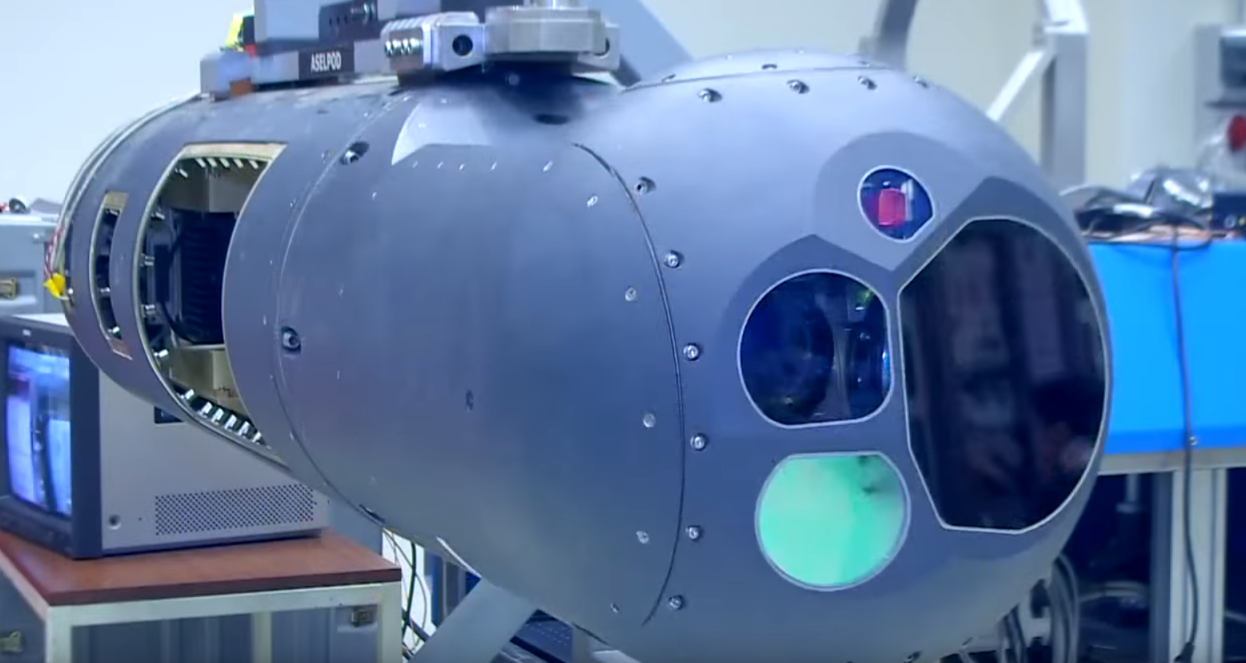3453Views

Monthly Defense News – October 2023
Nigeria Receives First T129 Attack Helicopters from Turkey
Turkish Aerospace Industries (TAI) delivered the first two of six T129 ATAK attack helicopters to the Nigerian Air Force (NAF). The remaining four aircraft are slated to delivery by the end of the first half of next year. Nigeria formally ordered the six ATAKs last year at the 2022 Farnborough Air Show.
Africa has emerged as one of Turkey’s key markets for selling its defence solutions, with Nigeria climbing to the top through the procurement of major platforms, like the ATAK. In addition, Nigeria also ordered a pair of 76 m offshore patrol vessels (OPV) from Turkey’s Dearsan Shipyard. The first OPV was launched on October 26. Nigeria also contracted Dearsan Shipyard to modernize its MEKO 360 frigate.
The NAF also acquired an undisclosed number (at least six) of Bayraktar TB2 combat drones from Baykar Technologies, adding to the company’s growing cadre of drone customers.
However, not only do these acquisitions speak to the growing presence of the Turkish defence industry, but it also reflects Nigeria’s growing focus on advancing its counter-insurgency (COIN) capabilities. In this sense, the NAF also inducted 12 Embraer A-29 Super Tucano light attack aircraft and three AVIC/PAC JF-17 Thunder multirole fighters. The U.S. also greenlit the sale of 12 Bell Textron AH-1Z Viper attack helicopters…
End of excerpt. Subscribe to Quwa Premium to read the rest of this section.
Saudi Arabia Reportedly Interested in Dassault Rafale Fighters from France
According to the French newspaper La Tribune, the government of Saudi Arabia requested a quote from Dassault regarding a potential purchase of 54 Rafale fighter aircraft. La Tribune verified the information from France’s Minister of the Armed Forces, Sébastien Lecornu.
The request does not necessarily signify that negotiations are underway or will take place. That said, a few geo-political dynamics could make this potential deal relatively tenable. The first – and, arguably, the most impactful – factor is Riyadh’s difficulty in gaining Berlin’s approval for a follow-on Eurofighter Typhoon deal to add to the 72 aircraft currently in service with the Royal Saudi Air Force (RSAF). Technically speaking, it would make more sense for the RSAF to acquire additional Typhoons as it can leverage its existing support infrastructure. Procuring the Rafale would necessitate a net-new infrastructure base in terms of training, maintenance, and, potentially, air-to-air munitions. Cynically speaking, one can see Riyadh’s interest in the Rafale as a ploy to pressure the U.K. to move Germany towards approving a Typhoon deal, especially when both countries could benefit from the production output in terms of jobs and other economic activity…
End of excerpt. Subscribe to Quwa Premium to read the rest of this section.
Thailand Looks to Pivot S26T Purchase to a New Frigate Instead
On October 20, Thailand’s defence minister, Sutin Klungsang, announced that the country will shelve plans to procure one S26T submarine from China and, instead, seek a frigate instead.
“The submarine project is not scrapped, but will be shelved for a certain period,” said Klungsang to local media. “It will resume when the country is ready.”
Thailand had signed a $1.04 billion USD deal with China Shipbuilding & Offshore International Co (CSOC) in May 2017 for three S26T air-independent propulsion (AIP)-equipped submarines.
The launch submarine reportedly cost $430 million USD but suffered delays due to Germany’s refusal to release MTU 12V 396 SE84 diesel engines. The submarine’s steel was cut in September 2018 and was due for completion in 2023, but due to the lack of an engine, was pushed to 2024.
China had marketed the S26-series to both Thailand and Pakistan on the presumption that it would secure the MTU engines for both countries. The previous commander of the Royal Thai Navy (RTN), Admiral Choeingchai Chomchoengpaet, accepted China’s proposal to swap the MTU engines with its indigenously designed CHD620. The Pakistan Navy (PN) accepted the proposal for its Hangor-class submarine program…
End of excerpt. Subscribe to Quwa Premium to read the rest of this section.
Shaheen X: Modern Assets Drive Latest Sino-Pak Air Exercise
Between August 28 and September 20, the Pakistan Air Force (PAF) and People’s Liberation Army Air Force (PLAAF) carried out the 10th iteration of their joint exercise, Shaheen X. The PAF and PLAAF carried out the drill in Jiuquan in Gansu Province and Yinchuan in the Ningxia Hui Autonomous Region.
Though multirole fighters and network-enabled assets like airborne early warning and control (AEW&C) aircraft had always been a part of the Shaheen exercise, this iteration stood out in several respects.
First, both sides brought only Chinese-origin fighter aircraft, i.e., the J-10CE and JF-17 on Pakistan’s side, and the J-16, among the PLAAF’s most advanced Flanker variant. Second, both sides were able to leverage the latest (albeit China’s) long-range air-to-air missile (LRAAM), high off-boresight (HOBS) air-to-air missile (AAM), active electronically scanned array (AESA) radar, and electronic warfare (EW) technologies…
End of excerpt. Subscribe to Quwa Premium to read the rest of this section.
End of Excerpt (745/1,421 words)
You can read the complete article by logging in (click here) or subscribing to Quwa Premium (click here).


